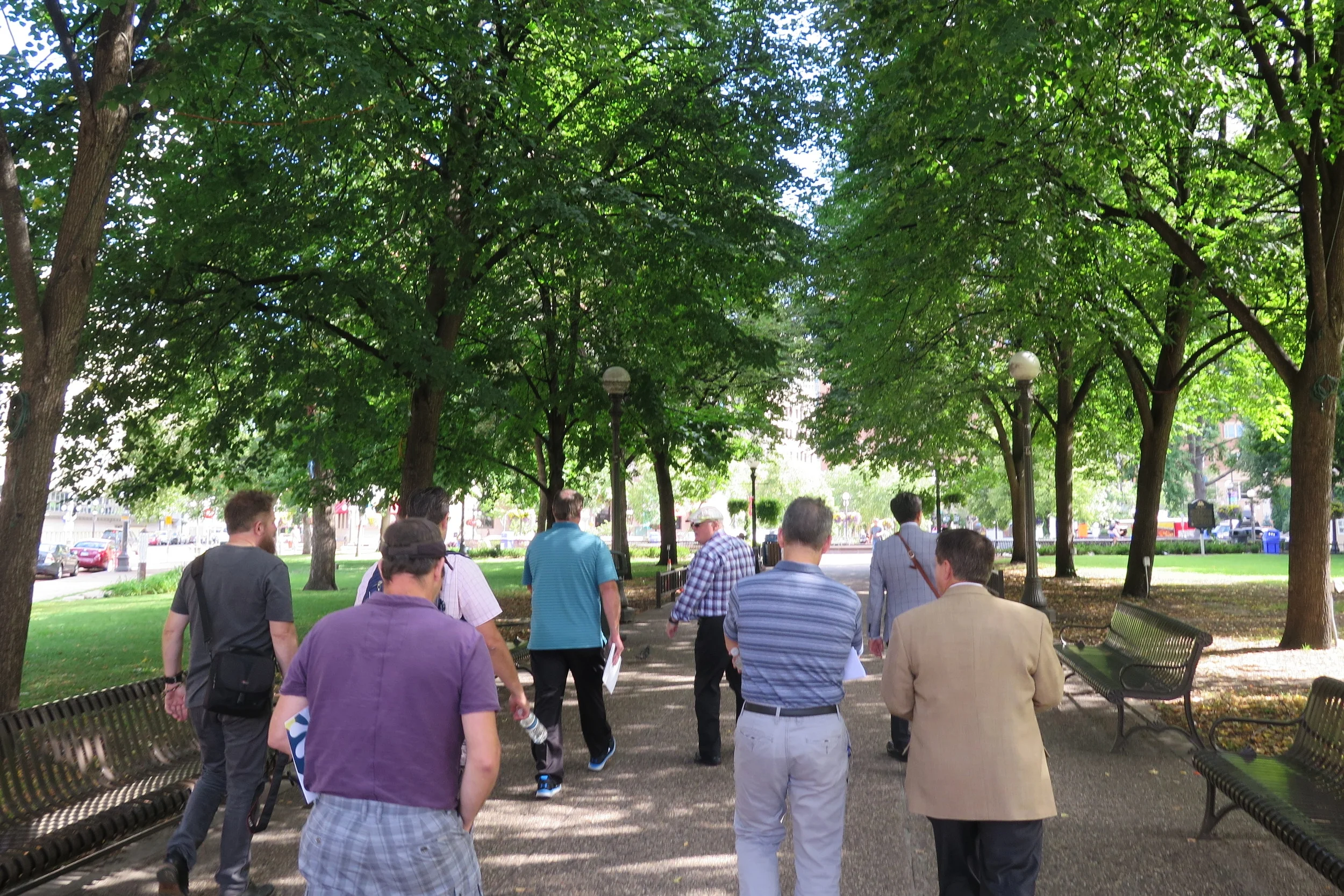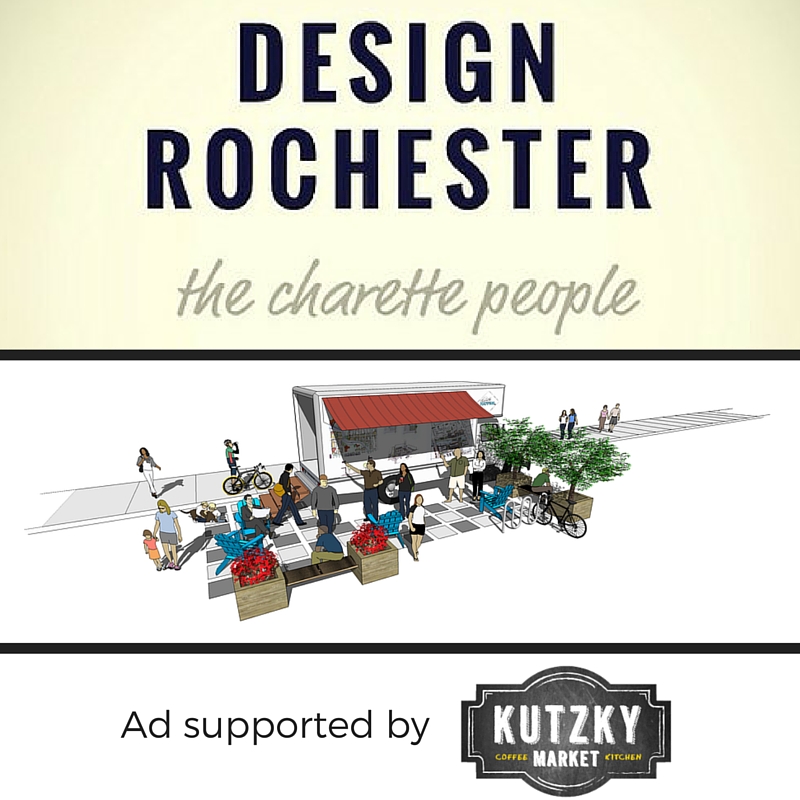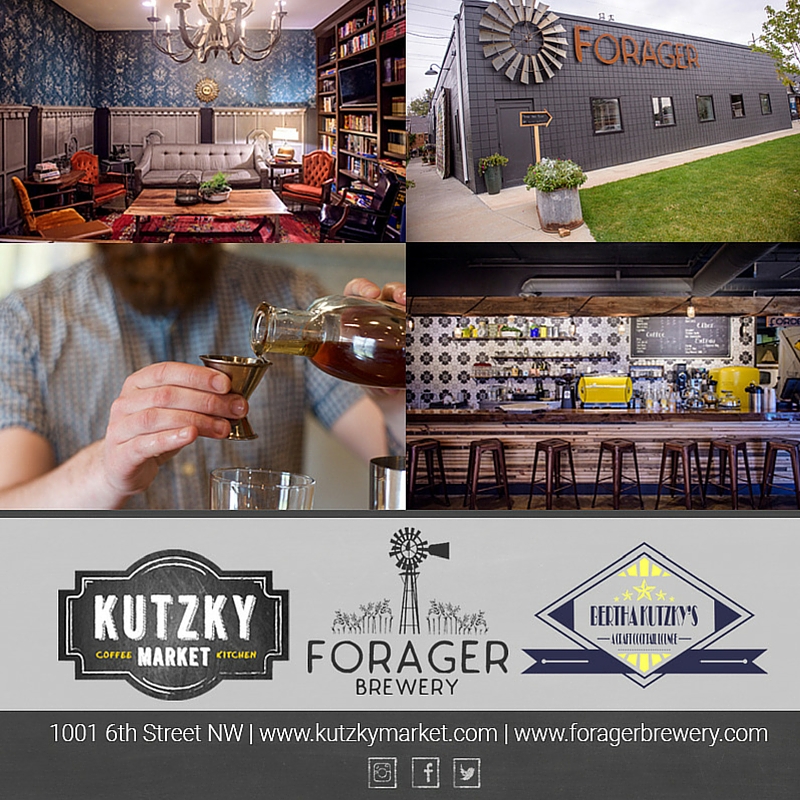Local leaders look to Twin Cities for ideas on Second Street redevelopment
What can Rochester learn from the Twin Cities as it undergoes dramatic transformation over the next two decades?
That was the question on the minds of local leaders as they visited Minneapolis and St. Paul on Friday. The tour, led by urban design gurus Tim Griffin and Tom Fisher, zeroed in issues related to transportation investment and the types of public infrastructure and private investment that accompany it.
“We wanted to show the relationship between transit to surrounding development," said Griffin, director of urban design at the Saint Paul Riverfront Corporation. “We don’t want to prescribe to do this, this and this. The whole purpose of this trip is to expose people to a lot of different ideas and then see how it coalesces in Rochester.”
The trip was organized by the DMC Economic Development Agency. Patrick Seeb, the agency's director of economic development and placemaking, spent 20 years leading the Saint Paul Riverfront Corporation before coming to Rochester.
The objective of the visit — like others to Bellevue, Wash., Cleveland and Madison — was to explore best practices and apply them to Rochester.
"We're still very young in the change process, even though it seems like we’ve been talking about [DMC] for a long time," said Seeb.
Much of the conversation on the trip focused on lessons learned in Minneapolis and St. Paul that can be applied to the St. Marys district. In addition to DMC and city staff, the tour included individuals from the three neighborhoods — Folwell, Kutzky Park and Historic Southwest — that will be most impacted by new development in the corridor.
The St. Marys district was not included as one of the top three priorities for the first five years of DMC's implementation, but nonetheless has been facing intense development pressure — highlighted by a proposed $100 million project along Second Street and 14th Avenue Southwest.
That makes now a critical time for planning public infrastructure projects, from transit to park space. But as we undergo the change process, Griffin cautioned that creating a positive public realm is "not about creating the space you want, but determining the activity you want and designing around it."
Take the Green Line. The 11-mile light rail system, which connects the central business districts of St. Paul and Minneapolis, launched in 2014 and is now considered a model for future transit systems. The project has spurred billions of dollars in new investment along its route and has been hailed for its ability to not only move people, but also increase social mobility.
Though it's not a type of system being considered here, more efficient bus and transit options are being planned for Second Street. And like the Green Line, any project in Rochester, according to Griffin, should focus on creating places — with unique character traits and functions — around transit stops.
“You’re not really designing a transit system; you’re designing and connecting places in a way they’re together and cohesive as a pedestrian district unto themselves," said Griffin.
Another big question for the district as it redevelops will be how it handles the challenge of connecting three levels — street, subway and skyway — of pedestrian access. The core of downtown Rochester already features a robust network of underground tunnels and skyway connections, and many believe the St. Marys area will need to offer a similar system to remain competitive.
The challenge, according to Griffin, will be how to accommodate the needs of those looking for a climate-controlled connection while also activating the public realm at the street level in a way that encourages retail and other types of use.
“There’s only so much that a business district can support," said Griffin. "So when you start introducing skyways and subways and things like that, you’re distributing that retail over an entire area."
Other stops along Friday's tour included the redevelopment district around the new U.S. Bank Stadium and Alatus's Latitude 45 Apartments, a luxury housing complex similar to the one being proposed near St. Marys.
Follow Sean on Twitter.
Featured content:
(Cover photo: The Med City Beat)















